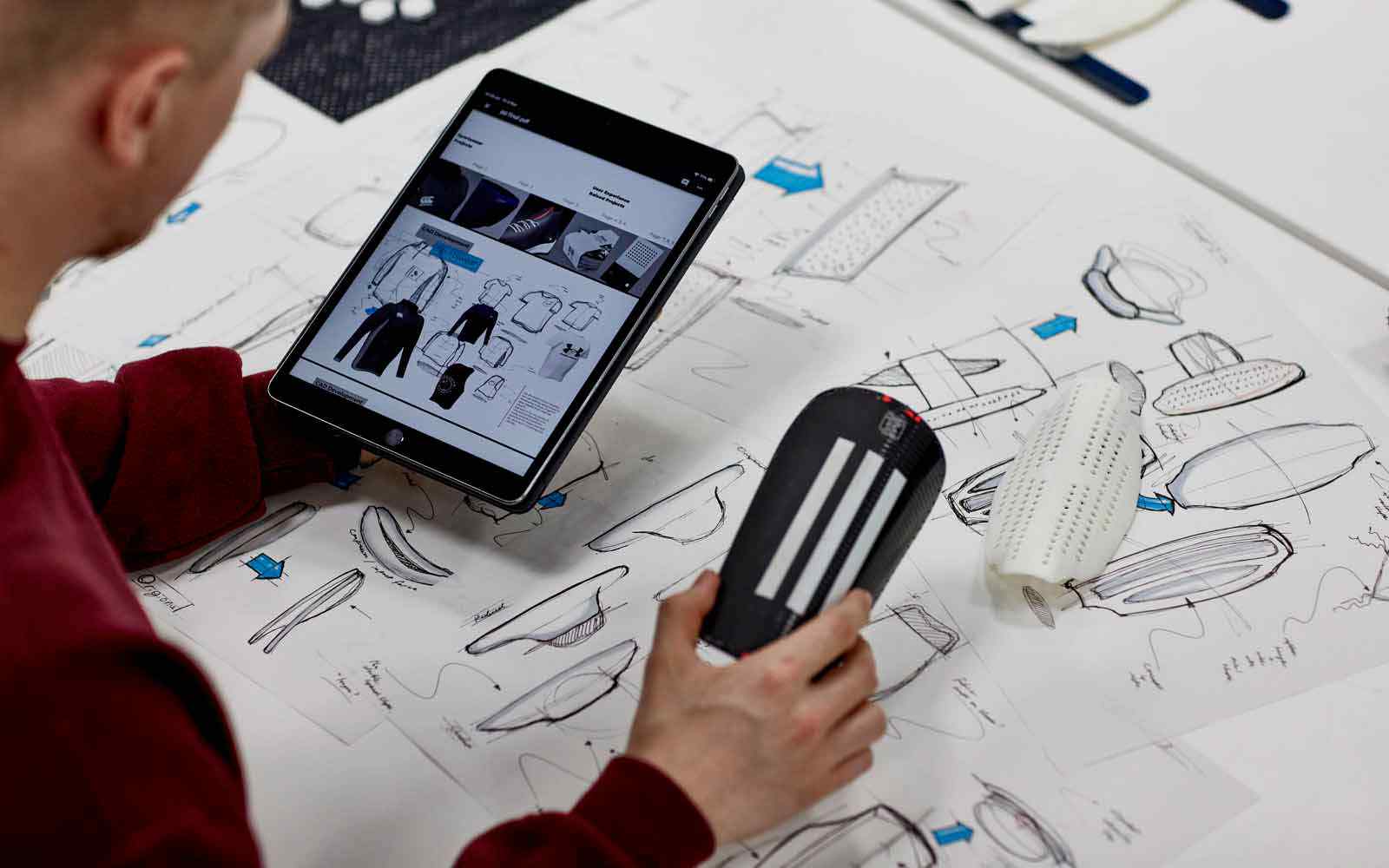Tech
Why a multi-skill approach will help you succeed as a designer in tech

As a designer in tech, I’ve found that having a multi-skill approach can be a powerful tool for growth – not just for startups, but for designers looking to stay ahead of the competition.
In fact, I would argue that the ability to wear multiple hats and bring a diverse set of skills to the table is one of the most valuable assets a designer can have in today’s rapidly evolving tech landscape. I will agree with the popular view that “GOD is a designer”, so it means a successful creator that is able to wear multiple hats can be successful at innovating in a different way.

In Nigeria and beyond, there are countless examples of successful designers who have leveraged a multi-skill approach to drive innovation and growth in startups and established organizations. Their nomenclature might vary from generalist designer to full stack designer or multidisciplinary designer, but the end goal is to be able to deliver the best experience for every user. Take Jumia, for example, one of Nigeria’s leading e-commerce companies. Their success can be attributed in part to their user-centric approach to design led by Haruna Godwin (Head of Design at Jumia), he incorporates a range of skills from user experience to product and brand strategy. This allows them to quickly iterate on products and improve the user experience in connection to the Jumia brand, which in turn drives customer loyalty and growth.
But it’s not just startups that can benefit from a multidisciplinary approach. Established companies in Nigeria and around the world are also recognizing the value of designers with a diverse skill set. In fact, a recent study (by Design Management Institute-Design Value Index) found that companies with a strong design culture outperform their peers by a significant margin – in some cases, as much as 211% in terms of shareholder returns.
So what are some of the specific benefits of a multi-skill approach? For starters, it allows designers to take a more holistic approach to problem-solving, taking into account not just the aesthetics of a product or brand, but also its functionality, usability, and overall user experience. This can help companies create products that are not only visually appealing, but also highly effective and easy to use.
Another benefit of being a multidisciplinary design person is that it allows you to work more collaboratively with other stakeholders, such as developers, marketers, and business leaders. By having a deeper understanding of the various functions and goals of these stakeholders, designers can create products that are better aligned with the overall business strategy.
Learning multiple tools and pairing them up can help designers work faster, better and smarter. For instance, pairing Sketch and InVision can help designers create high-fidelity prototypes that are easy to share with their team. On the other hand, pairing Figma and Lottie can help designers create a better experience with interactive animation. If you want to go technical, a designer can easily pick up no-code development tools like wordpress and webflow and so on.
It is important that I tell you that you do not have to learn all the tools out there to become a multidisciplinary designer. It is better to focus on mastering a few and being able to use them effectively to solve any problem brought to you. Of course, it’s worth noting that being a generalist doesn’t negate the fact that specialists are also valuable – in fact, it’s often the combination of generalists and specialists that leads to the most successful teams. But by having a broad skill set, designers can position themselves as more versatile and adaptable, which can be a huge advantage in an industry that is constantly evolving.
For me, personally, having a multi-skill approach has been a key factor in my success as a designer. By being able to bring a range of skills to the table – from research and copywriting to animation and frontend development – I’m able to solve for products, brands, and people in a more holistic and effective way. And as the tech industry continues to evolve at lightning speed, I’m confident that this multi-skill approach will only become more important.
So if you’re a designer looking to stay ahead of the curve, I encourage you to embrace a multi-skill approach. Whether you’re working for a startup, an established company, or yourself, having a diverse set of skills can be a powerful tool for growth and success – both for you and for the companies and customers you serve.
Ayodeji Osindele is the Lead Product Designer at Alerzo. He is passionate about solving complex user problems leveraging designs. He is creating Innovative solutions, leading teams, and building processes as a world-class designer. Ayodeji’s expertise has served top start-ups and global digital technology companies, amongst which are Vybe, Alerzo, AWA Bike and a host of others. Ayodeji frequently mentors other designers and creatives in tech through social media and digital media platforms.







